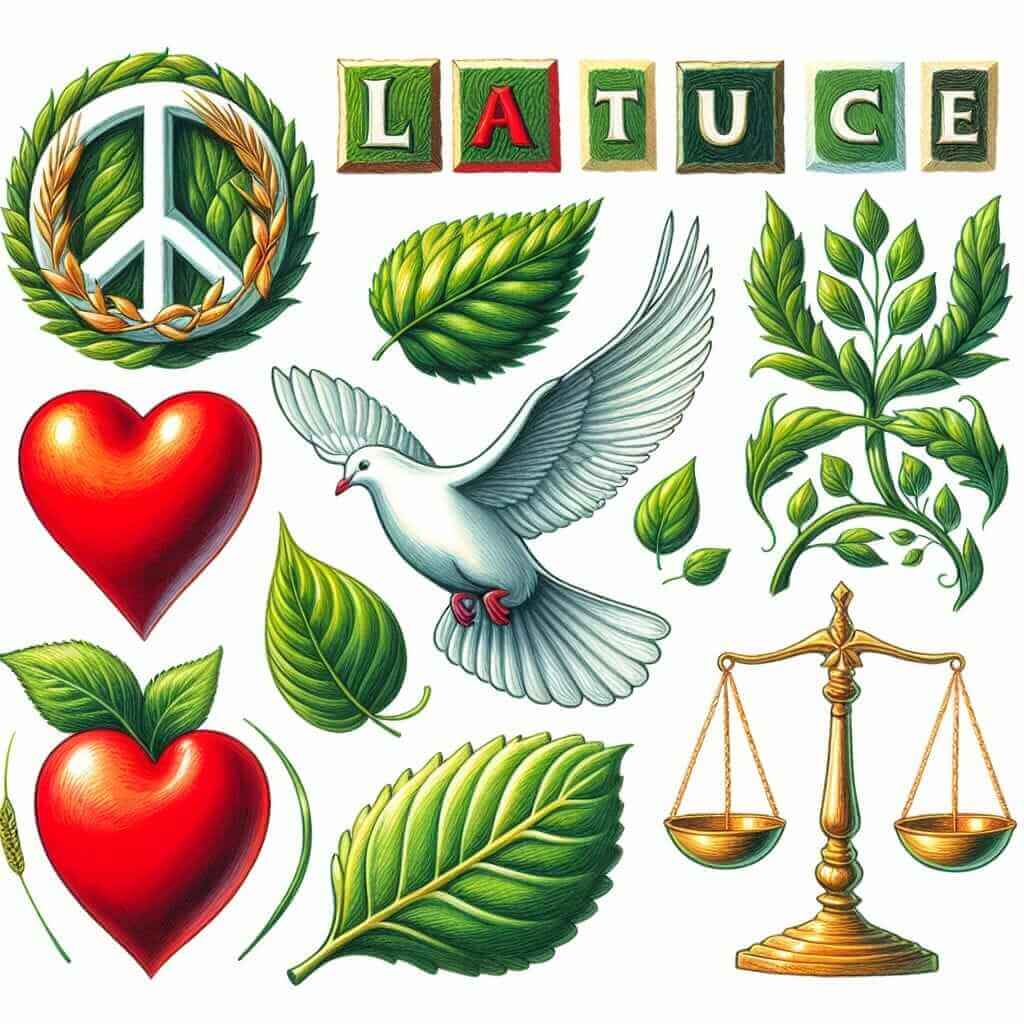“What does this feather symbolize?” “The colour red, symbolizing passion…” We often encounter the concept of symbolism in art, literature, and even everyday life. But how do we express this idea accurately and effectively in our IELTS writing? One common phrase that often trips up students is “it symbolizes that.” Is this grammatically correct? Let’s delve into the nuances of expressing symbolism and explore how to use it to enhance your IELTS writing.
Here are a few examples of how we might use language about symbolism in the IELTS exam:
Speaking Part 2: “The most important object in my home is a small wooden elephant. It symbolizes good luck and prosperity in my culture.”
Writing Task 2: “Some argue that school uniforms symbolize conformity and suppress individuality. However, others believe they promote a sense of unity and equality.”
Listening Section: (Listening to a lecture about national flags) “The eagle on the flag represents strength and freedom, while the olive branch is a symbol of peace.”
Understanding Symbolism and its Expression
While “it symbolizes that” might sound natural in casual conversation, it’s not grammatically accurate. Why? Because “symbolize” is a transitive verb, meaning it needs a direct object. It tells us what something symbolizes, not that something symbolizes a fact.
Let’s break it down:
- Incorrect: The colour red is often used in Chinese culture. It symbolizes that good luck and happiness will come your way.
- Correct: The colour red is often used in Chinese culture. It symbolizes good luck and happiness.
The correct sentence directly links “red” with the concepts of “good luck” and “happiness.”
Expressing Symbolism: The Right Way
So, how do we express symbolism accurately and effectively? Here’s a breakdown of correct grammatical structures and vocabulary:
1. Verb + Direct Object
This is the most straightforward way to express symbolism. Use verbs like:
- Symbolize: The dove symbolizes peace.
- Represent: The colour green often represents nature and growth.
- Stand for: In many cultures, white stands for purity and innocence.
- Denote: A red octagon generally denotes “stop” in traffic signals.
2. “As a Symbol of…”
This phrase effectively clarifies the symbolic meaning:
- Example: The Olympic rings are instantly recognisable as a symbol of global unity and athletic competition.
3. “Symbolic of…”
This adjective phrase is useful for describing nouns:
- Example: The wearing of black clothing is often symbolic of mourning and loss in Western cultures.

Using Symbolism Effectively in IELTS Writing
To achieve a higher band score, demonstrate your understanding of symbolism with varied vocabulary and sentence structures:
-
Writing Task 2 – Opinion Essay: “While some argue that monuments glorifying colonial figures are merely symbolic of a bygone era, others believe they represent a painful reminder of oppression and should be removed.”
-
Writing Task 1 – Describing a Graph: “The sharp increase in online sales, represented by the blue line on the graph, indicates a significant shift in consumer behaviour.”
Common Errors and How to Avoid Them
-
Incorrect Prepositions: Be careful not to use prepositions like “for” or “with” interchangeably with “of” after words like “symbol” or “symbolic.”
- Incorrect: The colour white is considered a symbol for peace.
- Correct: The colour white is considered a symbol of peace.
-
Overusing “Symbolize”: Vary your language. Utilize synonyms like “represent,” “embody,” or “signify” to prevent repetition.
-
Lack of Explanation: Don’t just state that something symbolizes something else. Explain why and provide context.
- Weak: The colour red is often used in Chinese weddings. It symbolizes good luck.
- Strong: The colour red features prominently in Chinese weddings as it symbolizes good luck and prosperity for the couple’s future.
Conclusion
Mastering the language of symbolism can significantly enhance your IELTS writing, particularly in tasks requiring you to analyse and interpret information. By understanding the correct grammar and using a variety of vocabulary, you can express your ideas clearly, accurately, and with greater sophistication. Remember to practise using these structures and vocabulary in your writing to boost your confidence and achieve your desired band score.